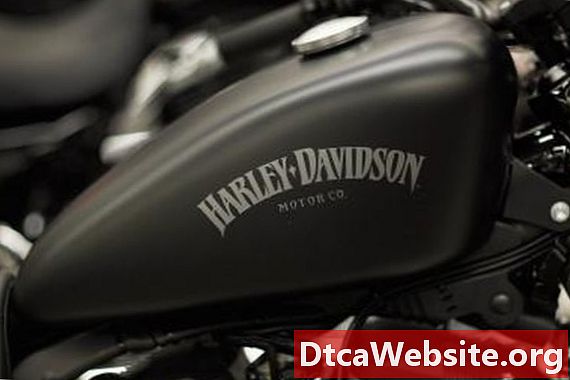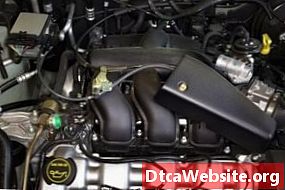
Contenu

For more than 50 years, Harley-Davidson riders had to be content with four gears. The companys four-speed transmission design was solid enough to remain virtually unchanged from its introduction in the 1930s until its retirement in the 1980s, but during that half century, many Harley riders wished for one more gear at the top. In 1980, the wish came true, and the five-speed gearbox would stay at the top of Harleys transmission line for over 25 years.
Four-Speed Transmissions
When the Harley-Davidson EL debuted in 1936, it was equipped with a 1,000 cc overhead-valve engine whose uniquely shaped valve covers earned it the nickname "Knucklehead." The Knucklehead engine was replaced by the Panhead in 1948, but the four-speed transmission used on the EL would remain Harleys primary transmission design until the 1980s. The four-speed gearbox received updates to its case and main shaft to accommodate upgrades to other engine systems, but the transmissions basic design remained the same until it was superseded by the five-speed transmission.
The First Five-Speed Transmissions
In 1980, Harley-Davidson debuted its FLT Tour Glide model, a 1,300 cc Big Twin touring bike. The FLT introduced several innovations, including a new rubber engine mount system that reduced vibration and a front fork that was mounted behind the steering head. The FLT also featured Harleys first five-speed transmission, which was hard bolted to the bikes engine. This new transmission added the extra gear that Harley riders had wanted for a long time, and the fifth gear increased the bikes top speed while allowing for low ratios in the lower gears.
Wider Adoption
Harley-Davidson introduced the 1,340 cc Evolution engine in 1984, and when the Evolution was used in five of the companys big bikes, the five-speed transmission was used along with it. The base model FLH was the only FL bike to retain the four-speed transmission in 1984; and even that changed the next year, when the FLH was modified to use the rubber-mounted Evolution and the five-speed gearbox. The Evolution engine debuted in the Sportster line in 1986, but the five-speed transmission wouldnt be used on a Sportster until 1991, when the four-speed gearbox was replaced by the five-speed on all models.
Six-Speed Transmission
As part of a redesign of its Dyna Glide line for the 2006 model year, Harley-Davidson offered a six-speed transmission on the Dyna Glide models. Like the five-speed gearbox, this new transmission lacks a true overdrive gear, but its top gear has a one-to-one ratio, allowing lower rpm at top speed. The transmission also features relatively quiet helical-cut gears, and all external oil lines have been eliminated from the design.


